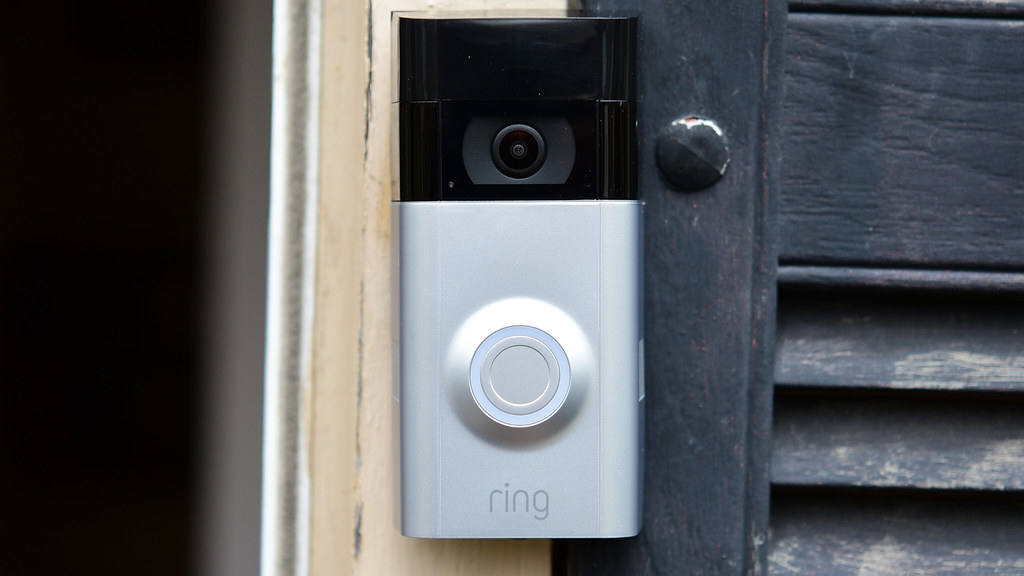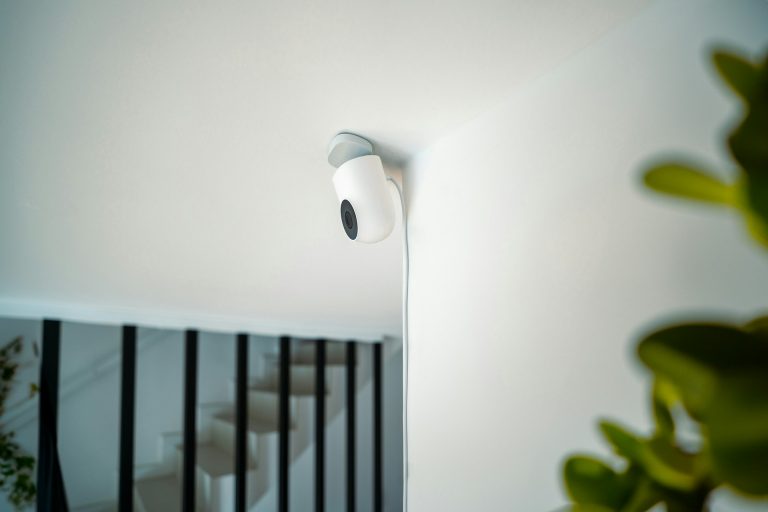With the rise of smart home technology, devices like the Ring doorbell have become popular for enhancing home security. These devices offer real-time video surveillance, motion detection, and mobile alerts, providing homeowners with a sense of safety. However, as with any security measure, it’s important to consider potential vulnerabilities.
One question that often arises is whether burglars can disable a Ring doorbell. The answer is nuanced, as it involves understanding the technology, potential weaknesses, and measures homeowners can take to mitigate risks.

Understanding How Ring Doorbells Work
Ring doorbells are Wi-Fi-connected devices that allow homeowners to see, hear, and speak to visitors at their door through their smartphone or tablet. These devices typically feature HD video, two-way audio, and motion sensors. When motion is detected or someone rings the doorbell, the device records video and sends an alert to the homeowner’s device. This system relies on a stable internet connection and power supply to function effectively.
Potential Methods for Disabling a Ring Doorbell
While Ring doorbells offer robust security features, they are not impervious to tampering. Here are some ways burglars might attempt to disable or bypass them:
- Wi-Fi Jamming: One of the most straightforward methods to disrupt a Ring doorbell is by jamming its Wi-Fi signal. Wi-Fi jammers, which can be purchased online, emit frequencies that interfere with the connection between the Ring device and the router. When the Wi-Fi signal is jammed, the doorbell cannot send alerts or stream video, effectively rendering it useless during the interference.
- Physical Tampering: Burglars can also attempt to physically disable the doorbell. This could involve removing the device from its mount, covering the camera lens, or cutting power if the device is wired. However, Ring devices are designed to be tamper-resistant. For example, many models have security screws that make it difficult to remove the device without a special tool.
- Deauthentication Attacks: A more sophisticated method involves deauthentication attacks, where the attacker uses software to disconnect the Ring doorbell from its Wi-Fi network. This type of attack requires some technical knowledge and the right equipment but can effectively disable the doorbell’s connectivity.
- Power Disruption: If the Ring doorbell is powered by electricity, cutting the power source can disable it. This is more challenging for battery-powered models, which can continue to operate even if the home’s power is out.
Mitigating the Risks
Understanding these potential vulnerabilities is the first step toward mitigating them. Here are some measures homeowners can take to protect their Ring doorbells from being disabled:
- Secure Wi-Fi Network: Use a strong, unique password for your Wi-Fi network and enable WPA3 encryption if possible. Regularly update your router’s firmware to protect against known vulnerabilities.
- Backup Power: For wired Ring doorbells, consider installing an uninterrupted power supply (UPS) to keep the device powered during outages. For battery-powered models, ensure the battery is always charged.
- Physical Security: Install the doorbell in a location that is not easily reachable without a ladder or tools. Use the provided security screws and consider additional physical barriers to prevent tampering.
- Signal Monitoring: Use apps or hardware to monitor your Wi-Fi signal for jamming attempts. Some advanced home security systems can alert you if they detect signal interference.
- Neighbor and Community Alerts: Engage with neighborhood watch programs and use the Ring Neighbors app to stay informed about suspicious activities in your area. Community vigilance can act as an additional deterrent to would-be burglars.
- Cloud Storage: Ensure that your Ring subscription includes cloud storage for video recordings. Even if the device is disabled temporarily, video footage up to that point can be invaluable for law enforcement.
Conclusion
While it is possible for burglars to disable a Ring doorbell through various means such as Wi-Fi jamming, physical tampering, deauthentication attacks, and power disruption, these vulnerabilities can be mitigated with proper precautions. By securing your Wi-Fi network, ensuring a reliable power source, enhancing physical security, monitoring for signal interference, and engaging with your community, you can significantly reduce the risk of your Ring doorbell being disabled.
As technology evolves, so do the methods employed by criminals, making it essential for homeowners to stay informed and proactive in their approach to home security.




